Time to “Cash” Out? Navigating Market Risks in 2025
The financial markets in early 2025 are flashing cautionary signals, prompting investors to consider a more defensive stance. As I write this...
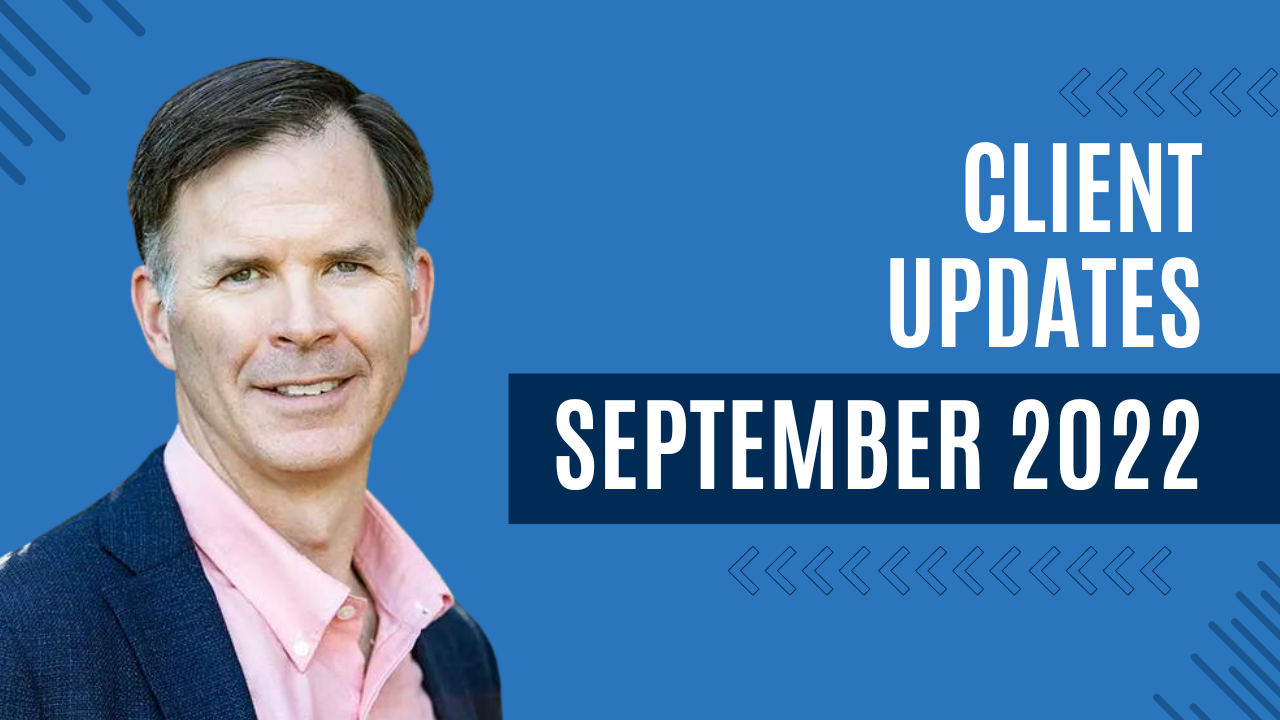
Often, we dive deep into economic and market details without coming up for air. We study our framework: stock trends and valuations, the economy, and the Fed. We fret about interest rates, the war in Europe, and saber-rattling in the Pacific. And certainly, we focus on politics. Emotions run high. Did we miss the start of a new bull market? Or did we get pulled into a bull trap?
At times like these, when financial emotions run high, I believe it is helpful to review your tests—allowing your research results to give you a sense of calm and trust in your system.
Our decision-making is based on a simple set of thoroughly researched and tested rules. The beauty of a simple rule set is the known steps are easy to follow. The hard part is ignoring your emotions and following them!
Therefore, I want to show you two tests that a large part of our risk management is based upon:
Our 200-day strategy gives up half a percentage point annually to avoid two-thirds of the losses. I believe this is a valuable trade-off.[3]
As you consider each investment sleeve, note that their returns compare favorably with the most common stock and bond indexes. However, trading in the way described in this article changes the behavior of these investments. They will no longer look like the market. So, watching the nightly news is not very helpful.
Also, there will be times when you are out of position. There will be false alarms when you wish you had not traded. But even in these times, we must stick to our system. Because of research and testing, the rules-based system gives us a track to follow, allowing us to support your financial planning goals.
If you have any questions, please call your Sound Financial advisor. We are here to serve you.
[1] https://inspireinsight.com/
[2] Bloomberg data. S&P 500 Index. December 31, 1991- July 29, 2022. An investor cannot buy or sell an Index. Fee and expenses are not included in this test. These results are for educational purposes only.
[3] Our testing for this article used Bloomberg data and traded at the market closing price on the last trading day of the month. Buy or hold if the S&P 500 exceeded it 200-day simple moving average or SMA. In other words, the trailing 200-day price average. Sell if the Index was below its 200-day SMA. Fees and expenses are not included.
[4] Our testing for this article used Bloomberg data and traded at the closing price weekly based on the highest three-month total return, rotating into a corporate high-yield bond index, short-term US Treasuries index, and the 7-10-year US Treasuries index. This is for testing, demonstration, and educational purposes only. Fees and expenses are not included.
The opinions expressed are those of Sound. The opinions referenced are as of the date of publication and are subject to change without notice. This information is not a recommendation to buy or sell a particular security or to invest in any particular sector. Past performance is not indicative of future results. Forward-looking statements are not guaranteed.
Hypothetical performance results are for informational purposes only to show historical performance had the model portfolio been used over the relevant period of time without any limitations or restrictions. There is no guarantee that hypothetical results can be replicated. These hypothetical, back-tested returns were calculated on a monthly basis for the time periods indicated and presented net of Sound's anticipated management fee of 1.44% per year from the inception date listed to present Back-tested results are hypothetical (do not reflect trading in actual accounts) and are prepared with the benefit of hindsight.
Sound is an investment adviser registered with the U.S. Securities and Exchange Commission. Registration does not imply a certain level of skill or training. More information about Sound's investment advisory services and fees can be found in its Form ADV Part 2, which is available upon request. SFS-22-35.
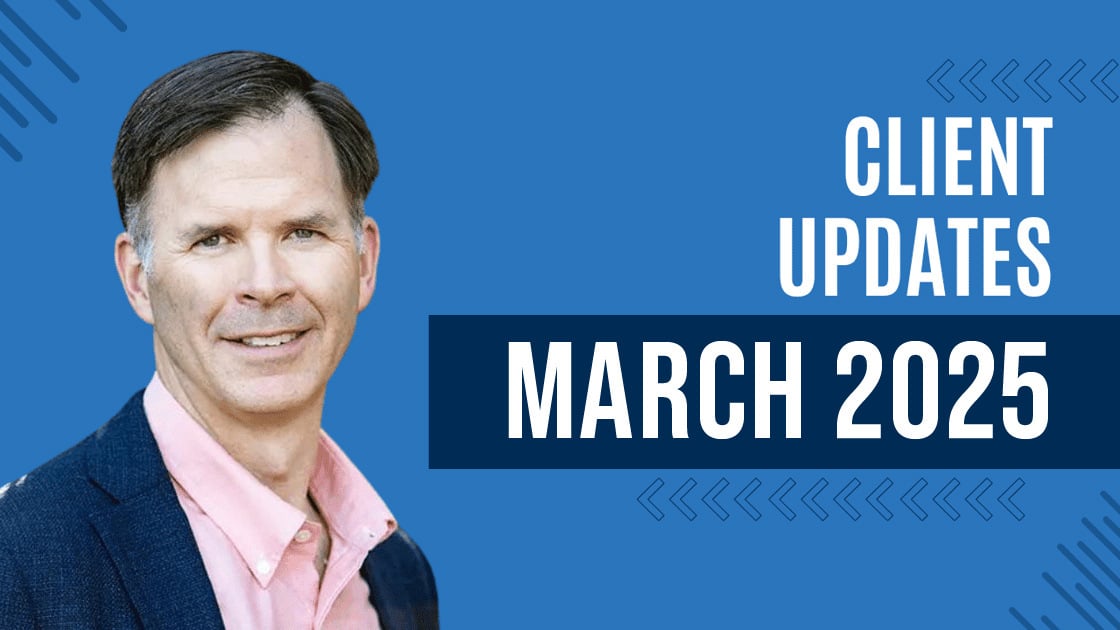
The financial markets in early 2025 are flashing cautionary signals, prompting investors to consider a more defensive stance. As I write this...
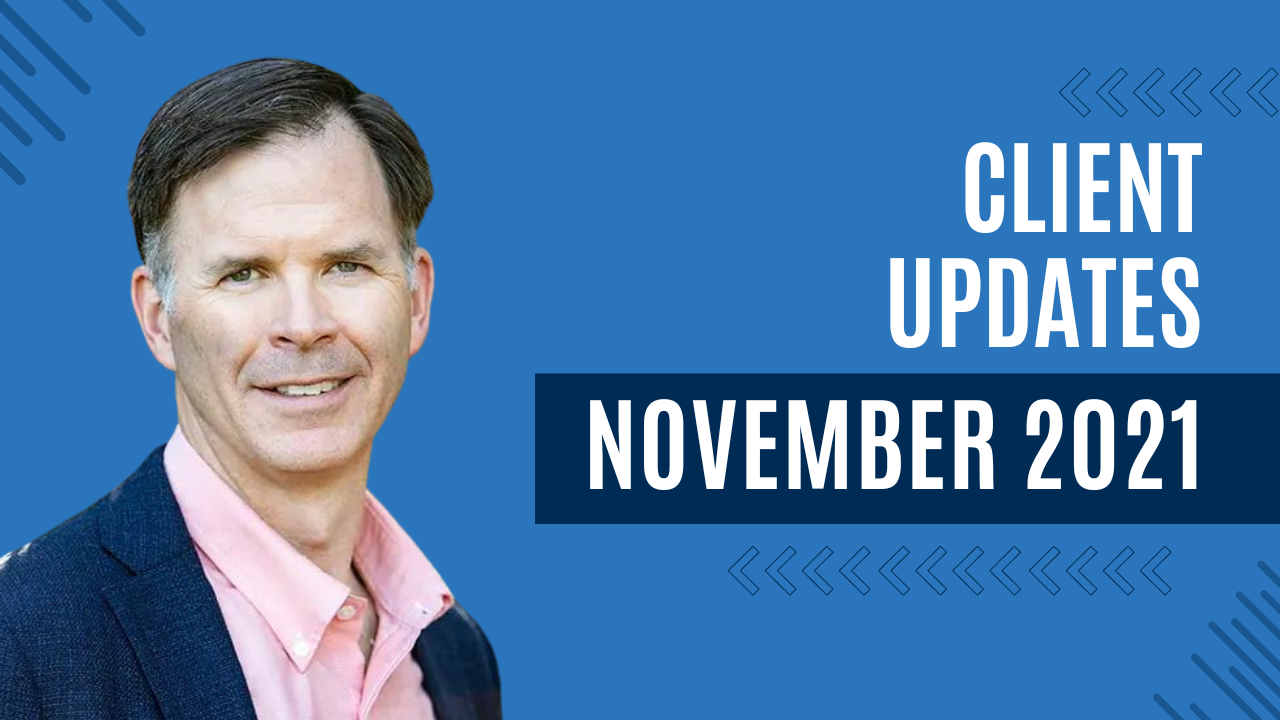
Client Update: November 2021 Chris catches you up on where we've been, what we've been doing and seeing, and what we expect to see in...
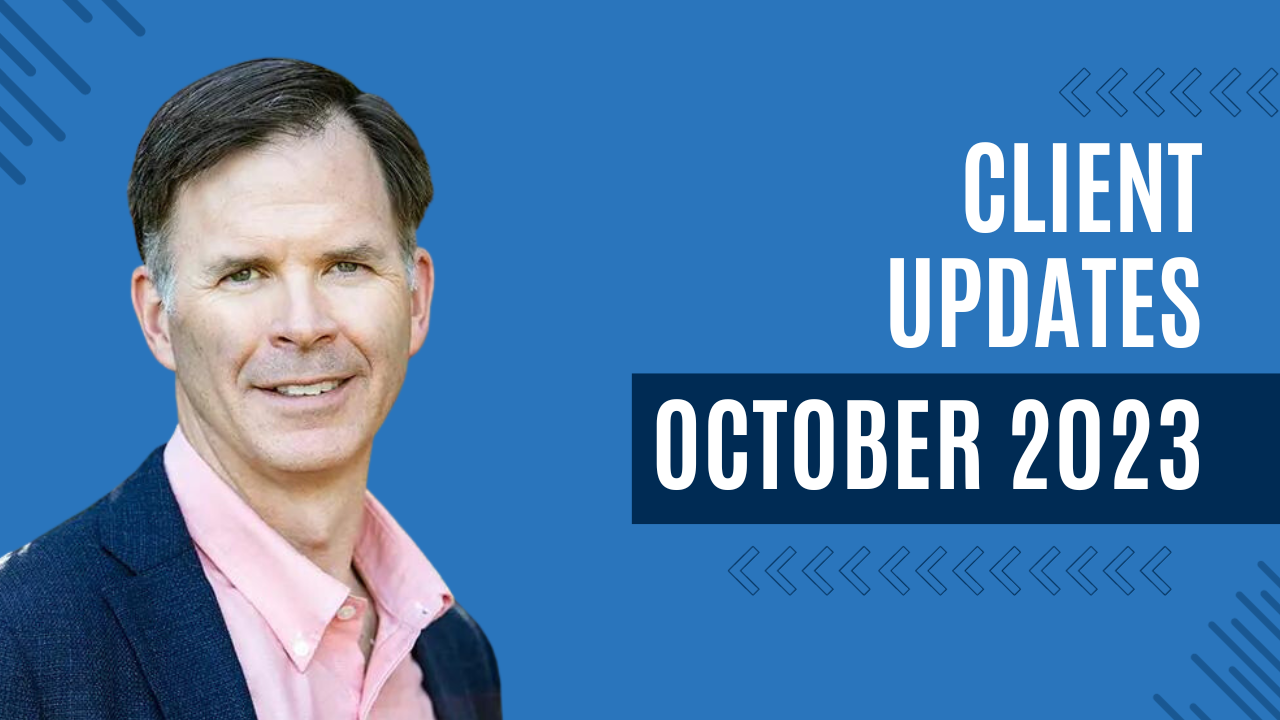
{% video_player "embed_player" overrideable=False, type='hsvideo2', hide_playlist=True, viral_sharing=False, embed_button=False, autoplay=False,...
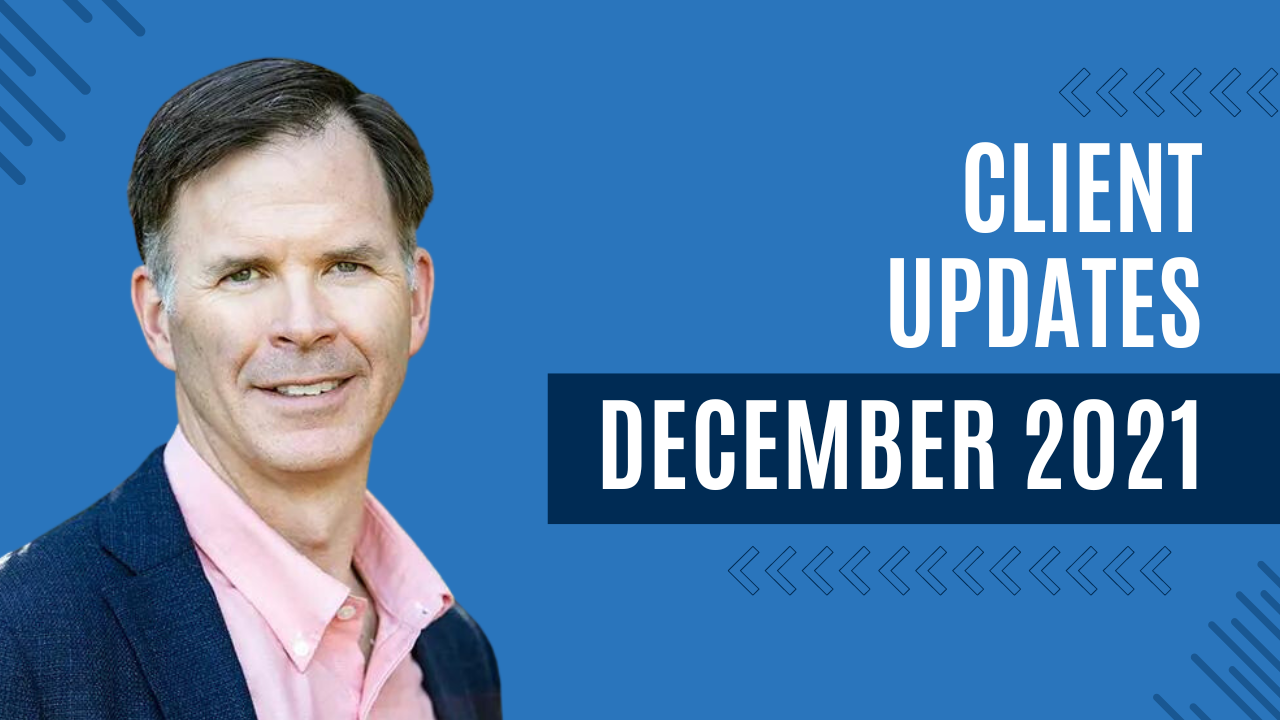
Client Update: December 2021 Happy New Year to our clients and friends! At the recording of this, our top topics were the broad market and...
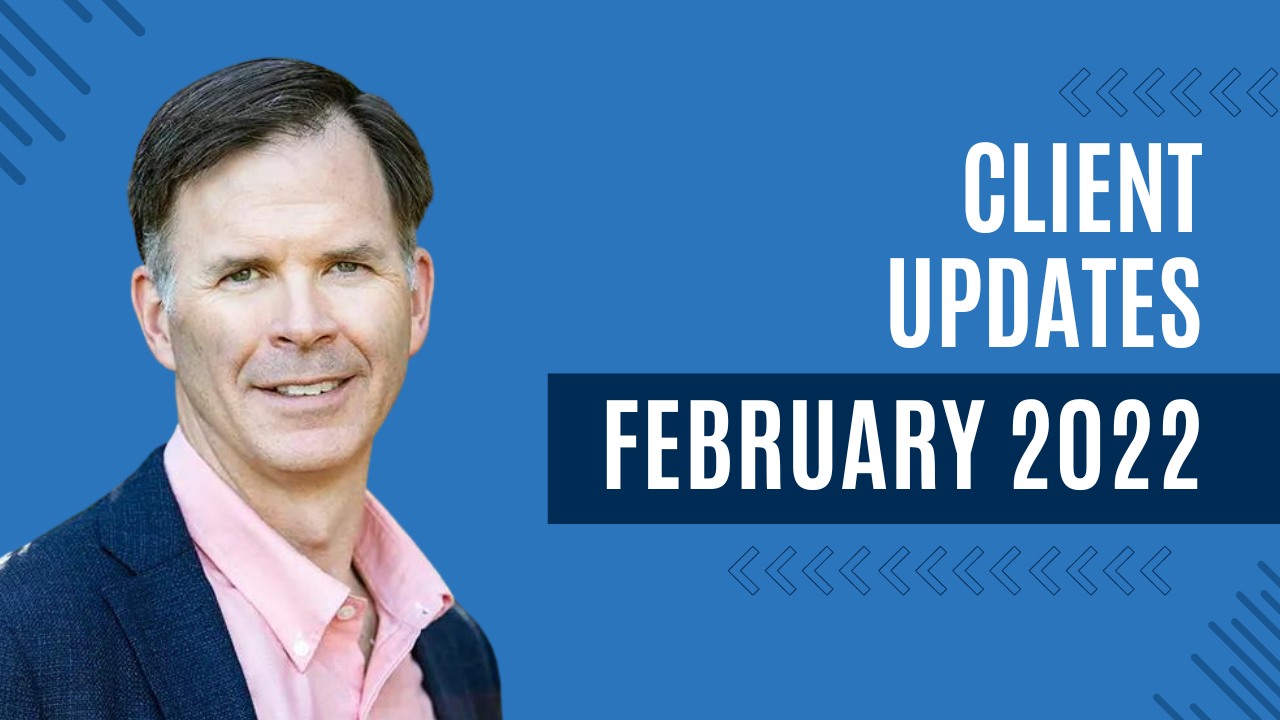
Client Update: February 2022 Sound February 2022 Client Update There is so much data announced this week that it is hard to find a...
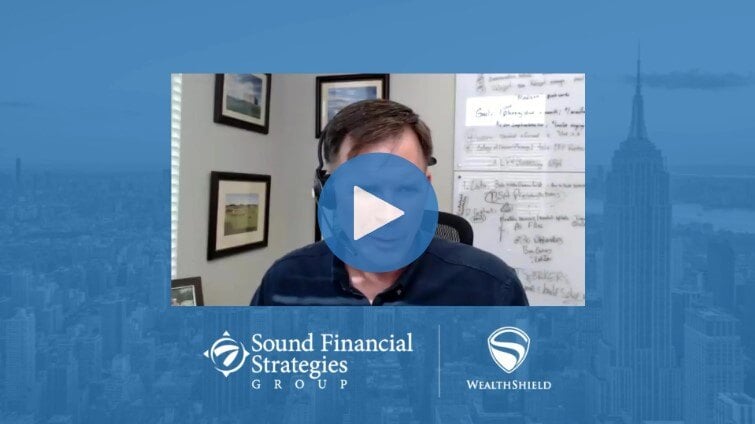
At Sound Financial Strategy Group, we combine timeless principles with actionable strategies. Whether it's the story of Santa Claus or the merits of...